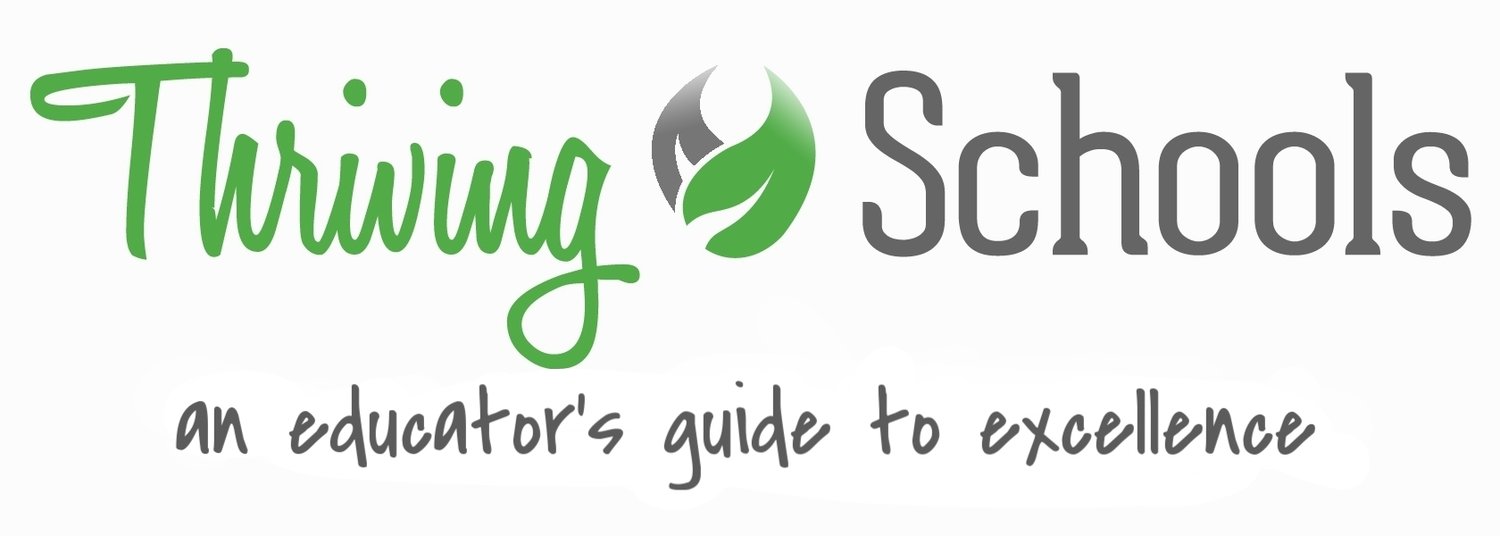How to bring surprise into the classroom!
/Surprise: Embrace the Unpredictable and Engineer the Unexpected is a book about how to bring surprise into your routines, relationships, and organizations. In this piece, we share with you a few of the book’s ideas for creating wonder in the classroom!
The first excerpt we’d like to share focuses on one of the strategies the authors use to engineer the unexpected. This first technique is called “Creating Knowledge Gaps.” These are the moments where students are very interested or engaged, but because of some unexplained or novel reason, they’re left wanting more. In the following anecdote, they share how Vicki Cobb creates an experiential learning moment to “hook” her students:
A gaggle of 3rd graders huddles around a small table. They stare into a bowl of water. Vicki Cobb hands one boy a pepper shaker and tells him to shake it into the water. He does. All the kids watch, mesmerized. Vicki instructs another kid to stick his finger in the water. He does, and nothing happens. Now for the finishing move. She gives him a bit of dish soap to rub on his finger. This time, when he places it back in the water, the pepper flakes disperse like startled fish, leaving only unseasoned water in the center of the bowl. The response is immediate: “Wow!” “Oh my goodness.” “Oh my gosh!”
According to Vicki (scientist, educator, and author of almost 100 science books for kids) this reaction is typical. But what’s more fascinating than the pepper surprise or even the kids’ intense focus is the thing that happens next. They look up at Vicki and beg for an explanation. She fires questions right back: “Why do you think it happened? How can we figure out?” With a mixture of spunk and a no-nonsense attitude, Vicki tells us, “When kids ask you a question, you don’t tell them the answer. You have to, have to respond with a question. As long as they don’t know the answer, they’ll keep trying to figure it out.” That is the essence of the attention-getting tool that we call creating knowledge gaps.
The next strategy that we’d like to share is what the authors call “Co-creation.” While many teachers have a tendency to plan and execute every lesson to a tee, the authors show how allowing for unplanned student input can create a better learning experience for both student and instructor. Don’t scrap your lesson plans just yet! Just be more willing to see where authentic student engagement might lead you:
It was about 2 weeks into the semester and Tania was finally getting the hang of things when she opened the door to her classroom and walked into darkness. Someone had turned off the lights, and it was literally pitch black. Immediately, two voices spoke up in her head. One said (quite reasonably): “Find the switch and turn on the lights.” The other said: “Let them create this experience with you.” For some reason, she listened to the second voice.
Somehow she made it to the front of the class and, in the darkness, she asked her students what might be easier to talk about with the lights out. After a few minutes of giggles and chair creaks, someone suggested going around the room to share personal stories of prejudice. Again, the reasonable voice said: “That can get out of hand,” but the other voice said: “Let’s see what happens.” And they did. For one hour the students talked in the dark with more thoughtfulness, originality, and mutual respect than they had ever revealed in class before.
From that day on something shifted in the classroom culture and in Tania’s approach to teaching. By letting the students co-create the lesson, she let the surprise in, and she let the experience grow into something that inspired the students and especially herself. Since then her lesson plans have transformed from carefully plotted bullet points to looser plans with invitations built in to change course and take a new direction together. After 6 years of teaching, she’s convinced that the experiences her students co-create with her are always better than anything she could devise on her own.
The final excerpt we’d like to share comes from the first section of the book where the authors discuss strategies to build resilience. Given the world’s rapid pace of change, developing resilience is likely more important than ever. Especially for our kids! One of the techniques the authors share to help develop this trait is what they call “Making a Struggle Sandwich.” Teachers well versed in the art of scaffolding will appreciate the familiarity of language:
Most resilient individuals have done time on the success and struggle roller coaster. They develop resilience because of it, not in spite of it. The trick is striking the right pattern of success and struggle (that is, making a struggle sandwich).
Let’s say you wanted to help a child build resilience in math. You want her to welcome fresh challenges and hang on even when equations don’t balance and pencil points break. Ideally, you will set her up for early success – an easy but satisfying win. Next, she should experience frustration. Before too long though, her struggle should lead to another taste of success. If the student struggles and fails early on, it’s likely that she’ll cope by giving up – a response called learned helplessness. If she consistently succeeds, she’s likely to fear failure or give up when she finally does face an obstacle. But if she, succeeds, struggles, and then succeeds again, her brain will learn to associate effort and frustration with success. She will treat setbacks as steps along the way to victory.
If you’d like a few more suggestions on bringing the element of surprise into your school or classroom, the whole book is definitely worth a quick read! We hope you’ve enjoyed these stories of surprise!


